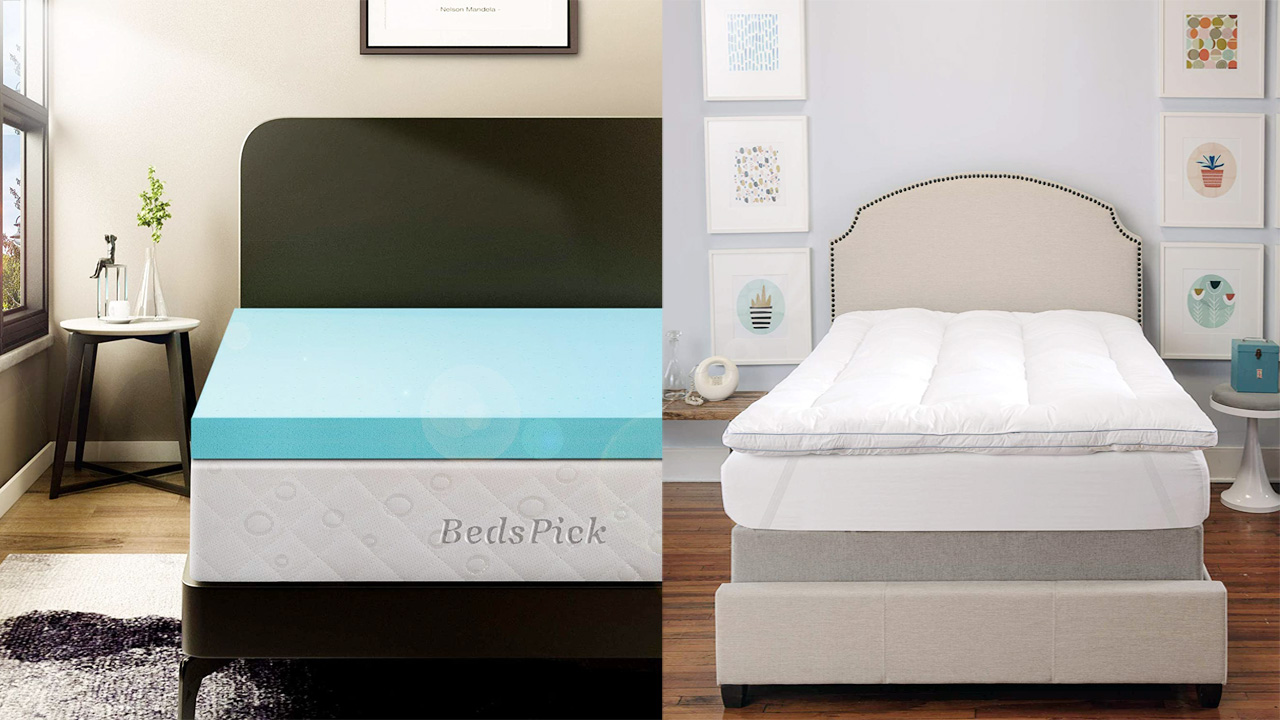Neutral color schemes are a popular choice for living rooms as they provide a calm and relaxing atmosphere. This color scheme typically includes shades of white, beige, and gray, which can be paired with various accent colors to add visual interest. The use of neutral colors also allows for easy incorporation of different textures and patterns, making it a versatile option for any living room style. Neutral color schemes are perfect for those who prefer a minimalist or modern aesthetic.Neutral Color Scheme
A monochromatic color scheme involves using different shades and tints of a single color to create a harmonious and cohesive look. This color scheme can add depth and dimension to a living room, especially when different textures and finishes are incorporated. For example, a monochromatic color scheme of varying shades of blue can be complemented with a plush velvet sofa and a metallic coffee table for a luxurious feel. This color scheme is ideal for those who want a sophisticated and elegant living room.Monochromatic Color Scheme
An analogous color scheme uses colors that are next to each other on the color wheel. For a living room, this could include shades of blue, green, and yellow. This color scheme creates a harmonious and cohesive look, with the different colors complementing each other. To add visual interest, you can incorporate different shades and textures of the chosen colors through furniture, decor, and textiles. An analogous color scheme is a great choice for those who want a colorful and lively living room.Analogous Color Scheme
A complementary color scheme involves using colors that are opposite each other on the color wheel. This creates a bold and eye-catching look, perfect for those who want to make a statement in their living room. For example, pairing shades of blue with orange or shades of purple with yellow can create a visually striking contrast. To balance the intensity of the colors, you can incorporate neutral tones or textures. Complementary color schemes work well for those who want a vibrant and energetic living room.Complementary Color Scheme
A triadic color scheme uses three colors that are equally spaced on the color wheel. This creates a well-balanced and dynamic look for a living room. For example, a triadic color scheme of yellow, blue, and red can be achieved by incorporating different shades and tones of these colors through furniture, walls, and decor. To avoid overwhelming the space, you can use one dominant color and incorporate the other two as accents. Triadic color schemes are a great option for those who want a colorful and playful living room.Triadic Color Scheme
A tetradic color scheme involves using four colors that are evenly spaced on the color wheel. This can create a bold and vibrant look for a living room, but it is important to balance the colors to avoid overwhelming the space. One way to achieve this is by using one dominant color and incorporating the other three as accents. You can also use a mix of warm and cool tones to create a visually interesting contrast. Tetradic color schemes are ideal for those who want a lively and eclectic living room.Tetradic Color Scheme
A split-complementary color scheme is similar to a complementary color scheme, but instead of using one color and its direct opposite, it uses two colors that are adjacent to the opposite color on the color wheel. For example, a split-complementary color scheme of red could include shades of blue and yellow. This color scheme provides a balanced and harmonious look with a pop of color. Split-complementary color schemes are perfect for those who want a bold and unique living room.Split-Complementary Color Scheme
Warm color schemes include hues of red, orange, and yellow, which can create a cozy and inviting atmosphere in a living room. These colors are associated with warmth, energy, and comfort, making them a popular choice for living rooms. To balance the warmth of these colors, you can incorporate cool tones such as blue or green, or use neutral colors as a base. Warm color schemes are a great choice for those who want a welcoming and inviting living room.Warm Color Scheme
Cool color schemes include shades of blue, green, and purple, which can create a calming and serene atmosphere in a living room. These colors are associated with nature and tranquility, making them a great choice for those who want a relaxing and peaceful space. To add warmth to a cool color scheme, you can incorporate warm accents or textures such as wood or brass. Cool color schemes are perfect for those who want a serene and tranquil living room.Cool Color Scheme
Earth tone color schemes include colors inspired by nature, such as browns, greens, and grays. These colors can create a warm and inviting atmosphere in a living room, and are often associated with a rustic or natural aesthetic. To add visual interest, you can incorporate different textures and patterns, such as a chunky knit rug or a woven wall hanging. Earth tone color schemes are ideal for those who want a cozy and natural living room.Earth Tone Color Scheme
Different Color Schemes For Living Room: Finding the Perfect Palette for Your Space

Choosing the right color scheme for your living room is crucial in creating a cohesive and inviting space. Whether you prefer bold and vibrant colors or a more neutral and calming palette, your living room's color scheme sets the tone for the entire house. Let's explore some different color schemes that can enhance your living room's design and create the perfect ambiance.

One popular color scheme for living rooms is the monochromatic scheme, where different shades of the same color are used throughout the room. This creates a sense of harmony and unity, making the room feel clean and sophisticated. For example, a monochromatic gray living room can have light gray walls, a darker gray sofa, and accents of charcoal and silver throughout the space. This scheme is perfect for those who want a modern and minimalistic look.
If you want to add some drama to your living room, consider using a complementary color scheme. Complementary colors are opposite each other on the color wheel, such as blue and orange or red and green. This creates a high contrast and adds energy to the space. However, it's essential to use these colors in moderation to avoid overwhelming the room. For example, a blue and orange color scheme can be achieved by using navy blue walls and a burnt orange sofa, with pops of both colors in the decor.
For a calming and relaxing living room, consider a analogous color scheme. Analogous colors are next to each other on the color wheel, such as blue and green or yellow and orange. This creates a sense of harmony and tranquility, perfect for a cozy and inviting living room. For instance, a blue and green color scheme can be achieved by using light blue walls, a green sofa, and accents of both colors in the decor and accessories.
Triadic color schemes are another great option for those who want to add a playful and vibrant touch to their living room. Triadic colors are evenly spaced on the color wheel, such as red, yellow, and blue. This creates a balance between warm and cool tones, making the room feel energetic and lively. To achieve a triadic color scheme, you can use different shades of these colors throughout the room, such as a red accent wall, a yellow rug, and a blue armchair.
Lastly, don't be afraid to mix and match different color schemes to create a unique and personalized living room. You can combine a monochromatic scheme with pops of complementary colors or use analogous colors with a few triadic accents. The key is to find a balance and create a cohesive look that reflects your personal style.
In conclusion, choosing the right color scheme for your living room can make a significant impact on the overall design and atmosphere of your home. By considering different color schemes such as monochromatic, complementary, analogous, and triadic, you can find the perfect palette that suits your style and creates a welcoming and cohesive living room.



:max_bytes(150000):strip_icc()/what-is-a-neutral-color-1973822-03-3fab8b5a361d49638d3de1cbaf579a22.jpg)
/MyDomaine_ColorPalette-Neutral-2-3590678b1c9143e28dd6b536f0a1e008.jpg)




/neutral-color-scheme-CK-Garden-Stone-57e59bc15f9b586c35f4d16b.png)








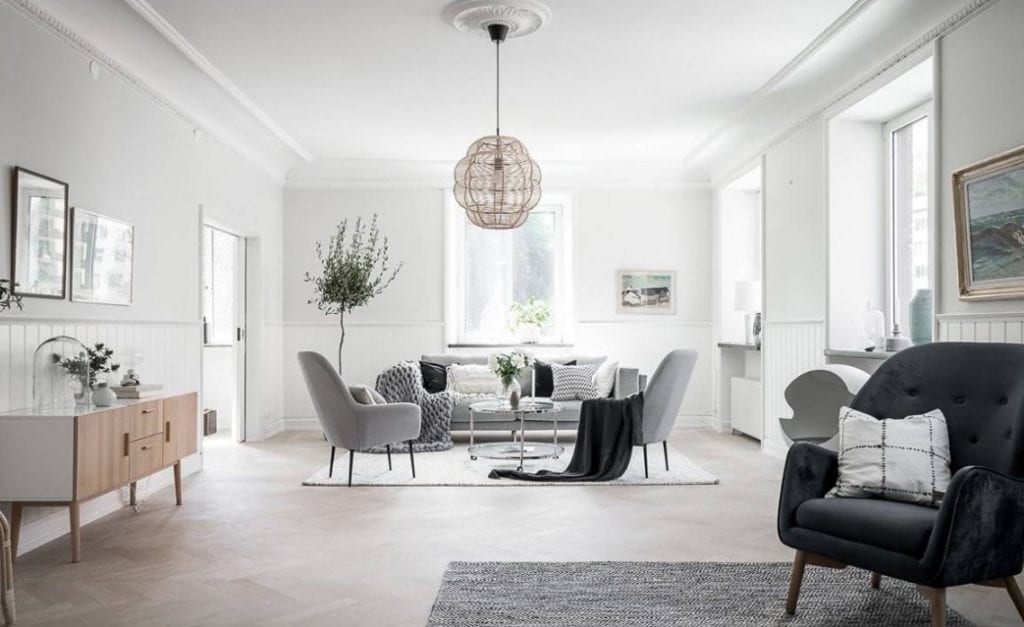


























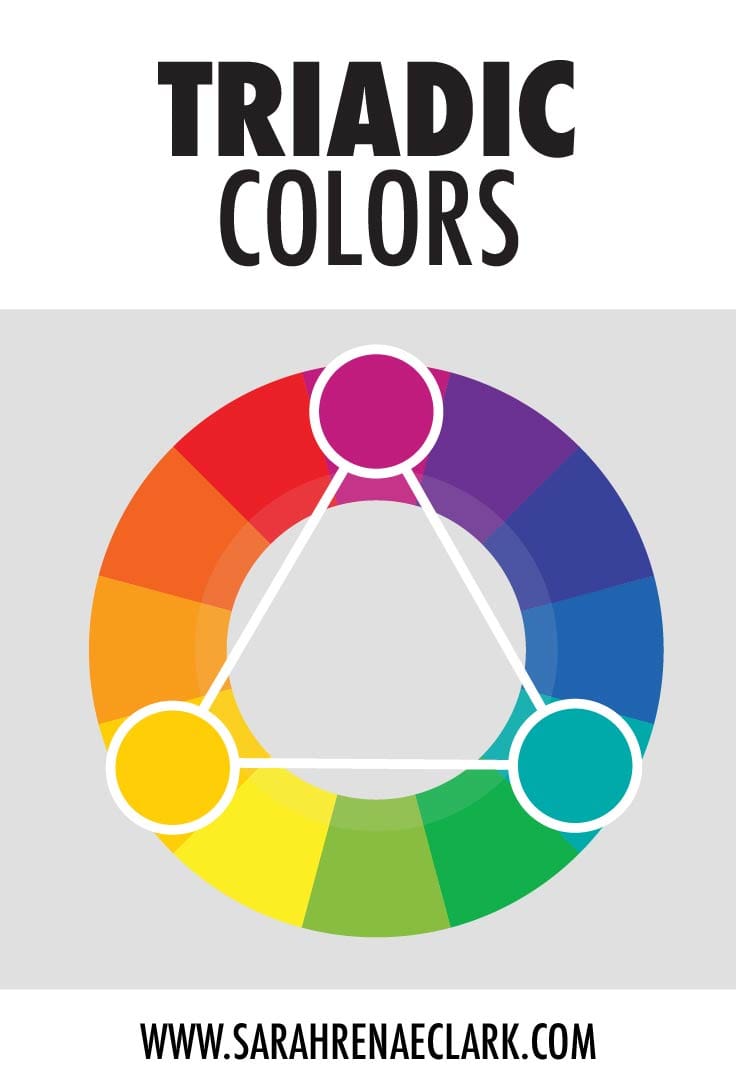



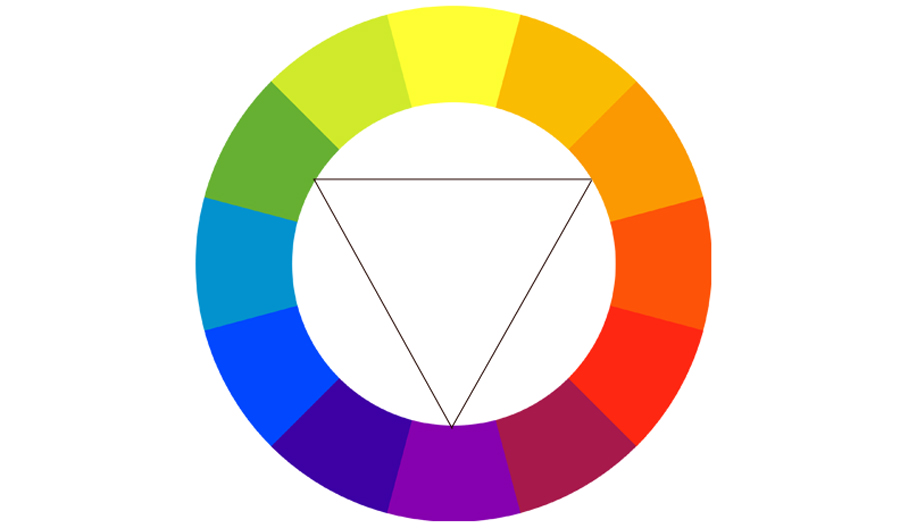








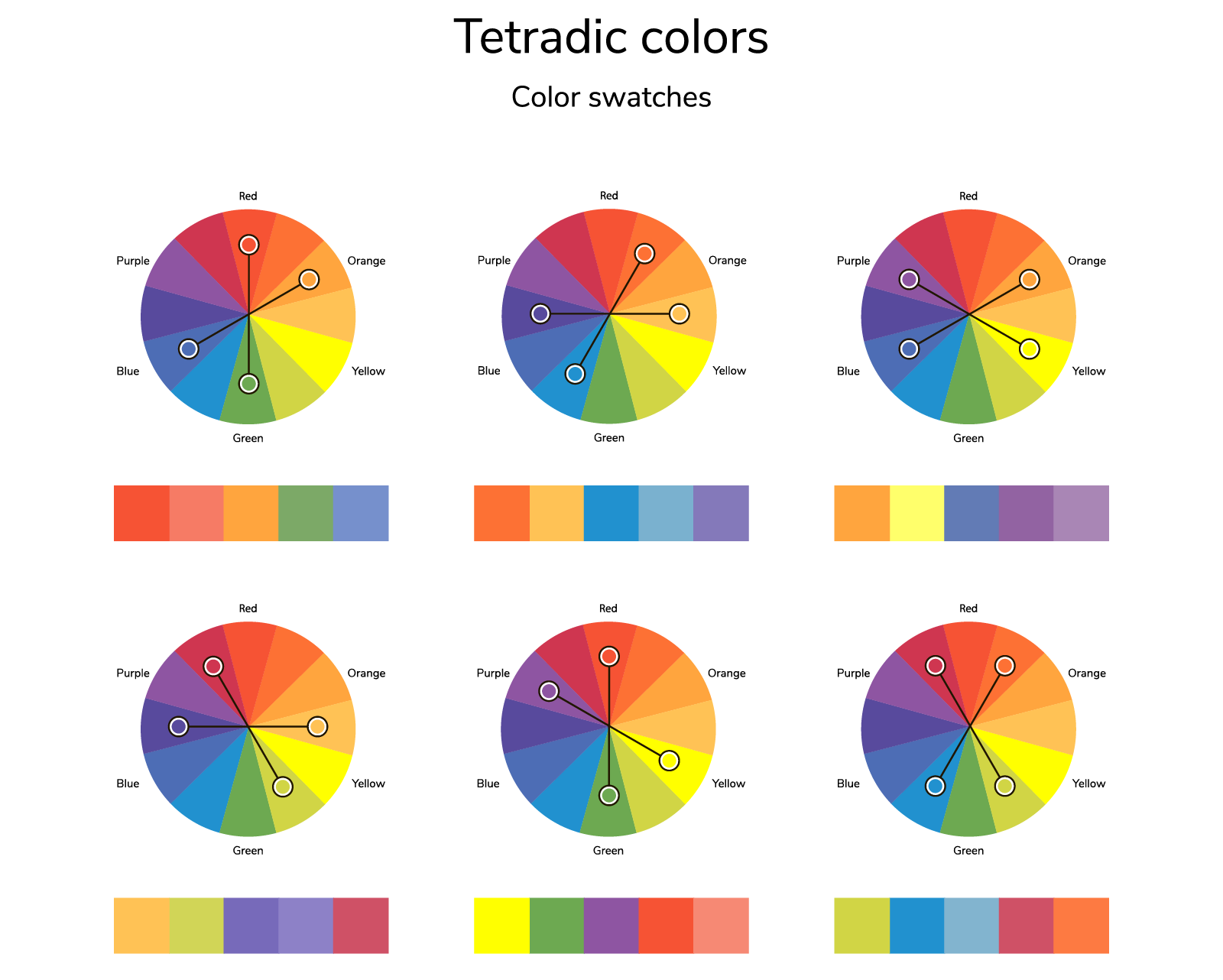

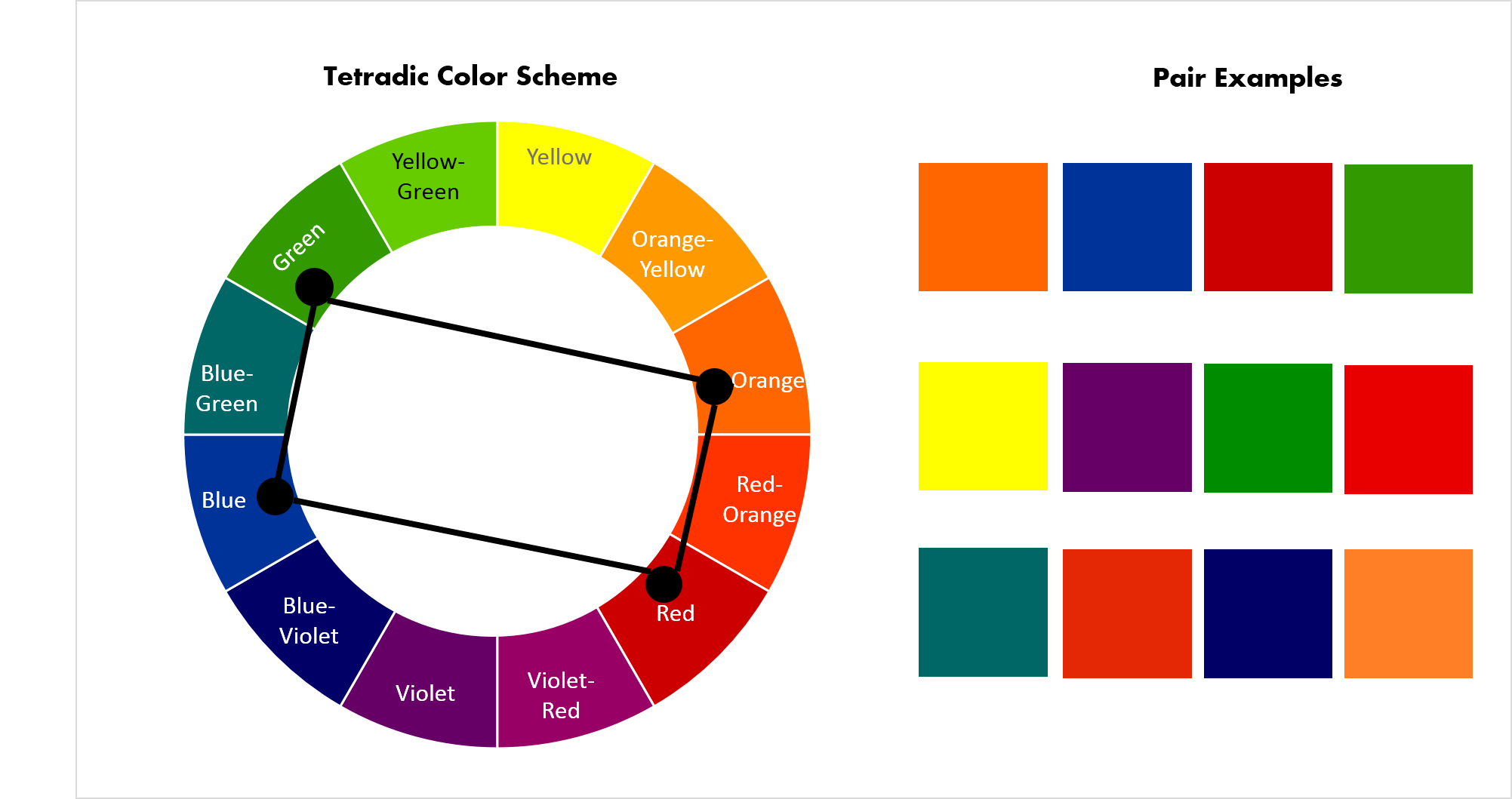












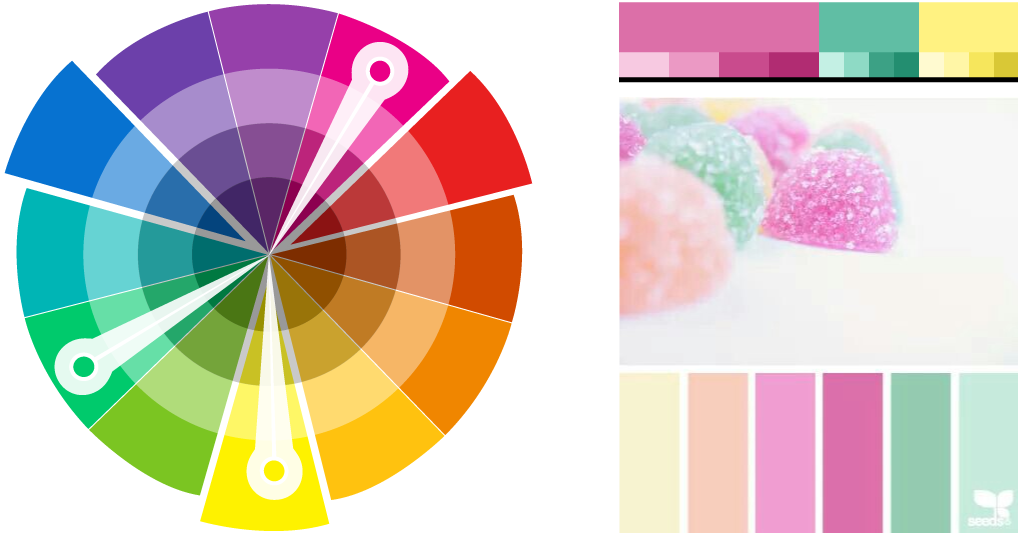






/Homedecorwarmcolors-GettyImages-640896866-596fcc88af5d3a00110c5931.jpg)



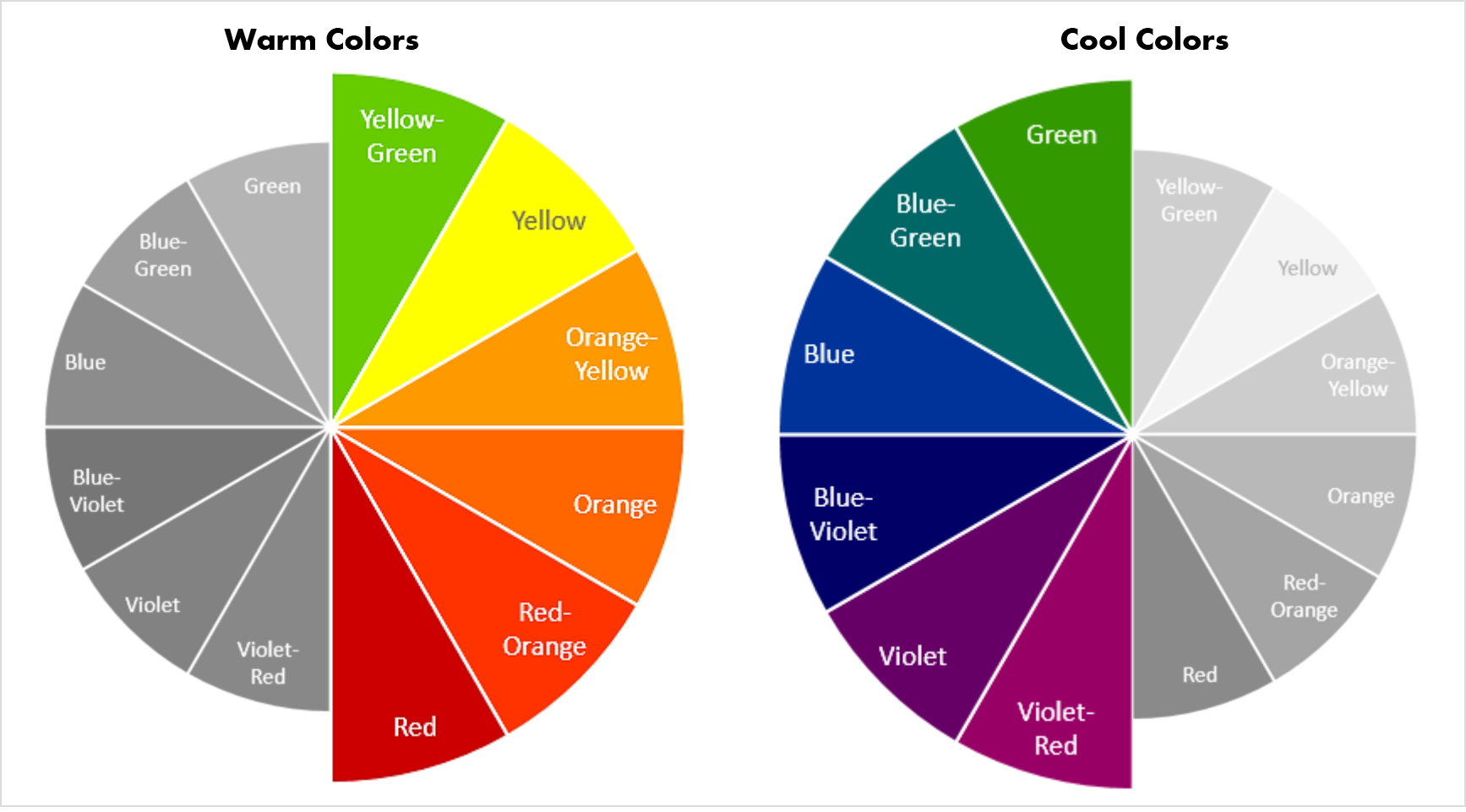






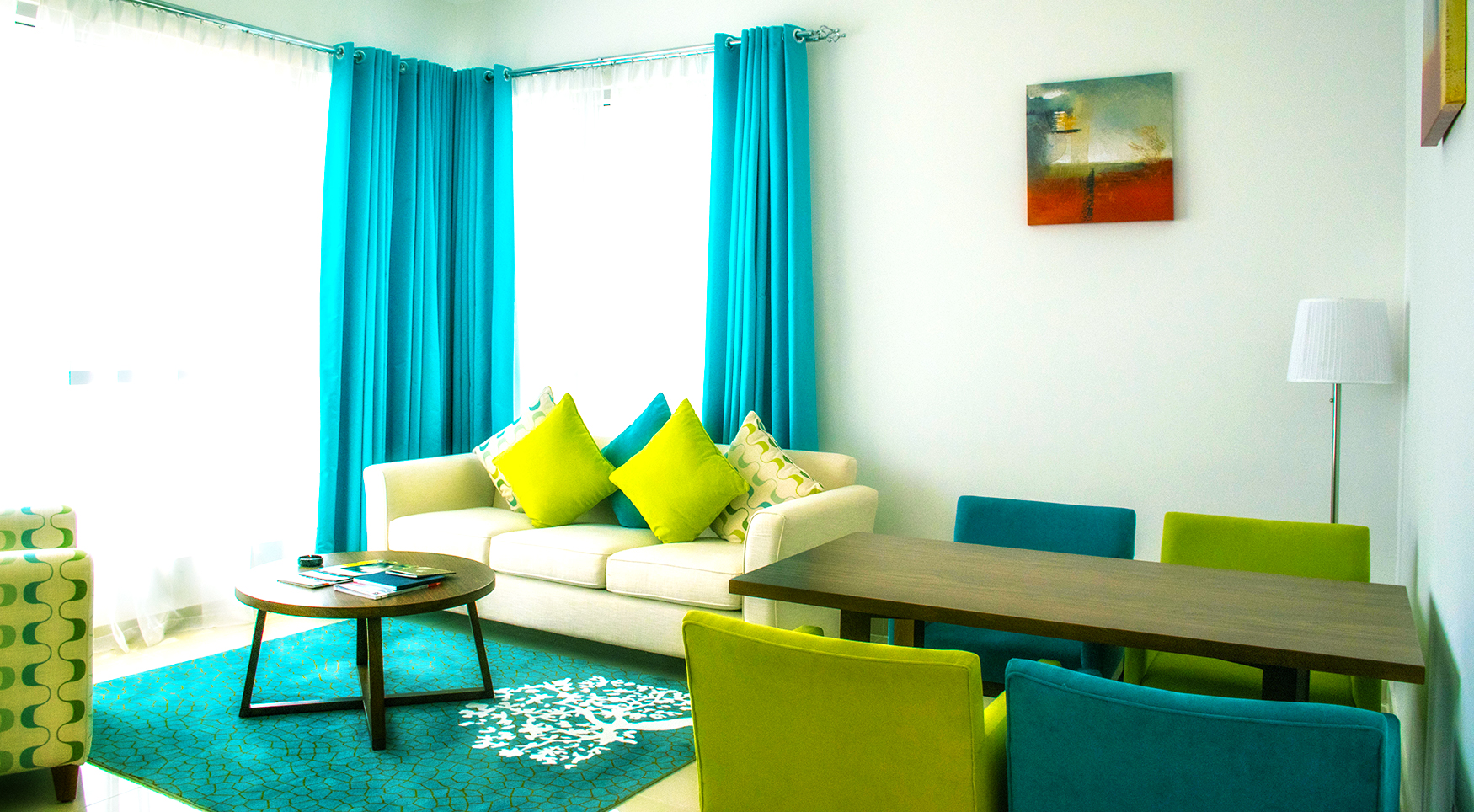




/modern-and-bohemian-composition-of-interior-design-with-gray-sofa--rattan-armchair--retro-footrest--plaid--pillow--tropical-plants--small-table-and-elegant-accessories--stylish-home-decor--template--1166445580-1d2970fa36204484a733ab568b70646b.jpg)
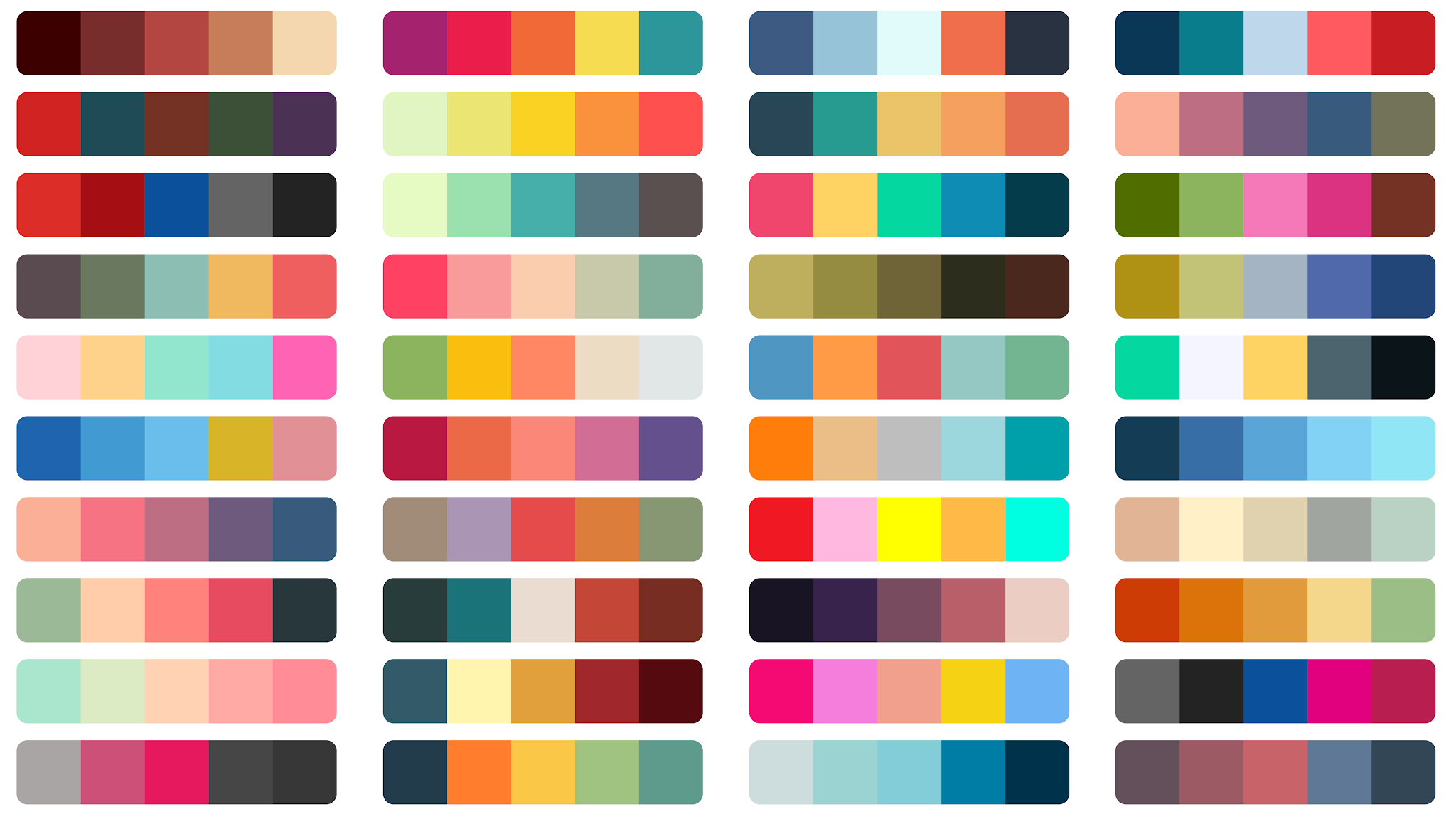











:max_bytes(150000):strip_icc()/284559-article-a-guide-to-the-standard-crib-mattress-size-5ac50d3ac5542e0037d552d1.png)




